The 1970s were a time of vibrant colors, bold patterns, and unique designs that captured the essence of the era. This decade introduced a mix of comfort and style, reflecting a shift towards more relaxed and personal living spaces.
Let’s take a nostalgic journey through nine classic living room furniture trends from this iconic decade.
Bean Bag Chairs
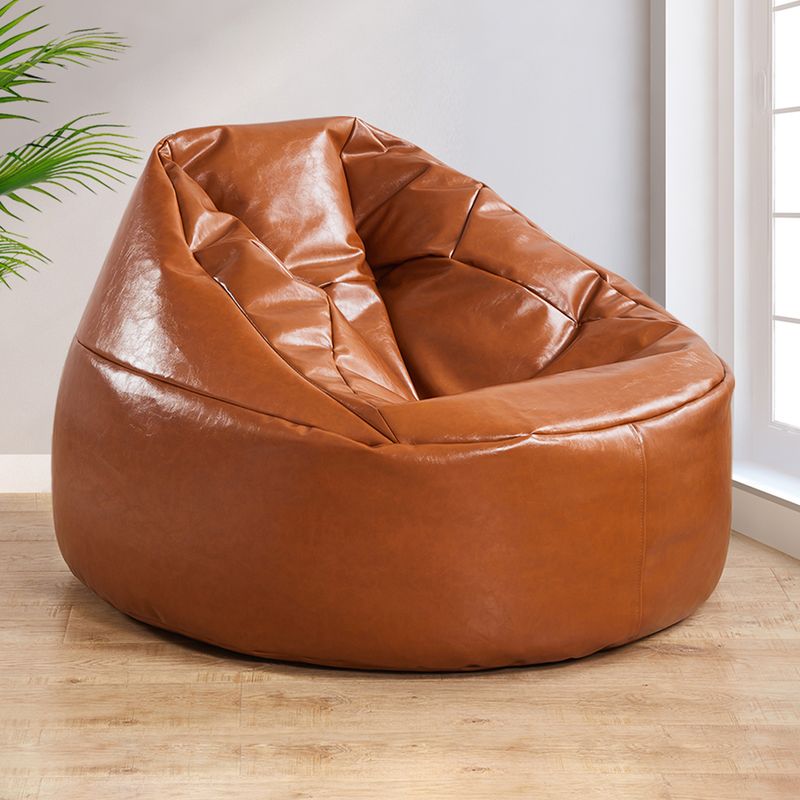
Ah, the bean bag chair—synonymous with comfort and a laid-back ’70s vibe. These chairs provided a versatile seating option, allowing for both lounging and socializing.
Their popularity stemmed from their ability to mold to any body shape, offering unparalleled relaxation. Bold colors and funky patterns made them visually appealing, fitting snugly into the psychedelic aesthetic of the time.
Bean bags were not just furniture; they were an invitation to unwind and enjoy the moment. Perfect for casual gatherings, these chairs epitomized the informal, approachable style that defined much of ’70s interior design.
Macramé Wall Hangings
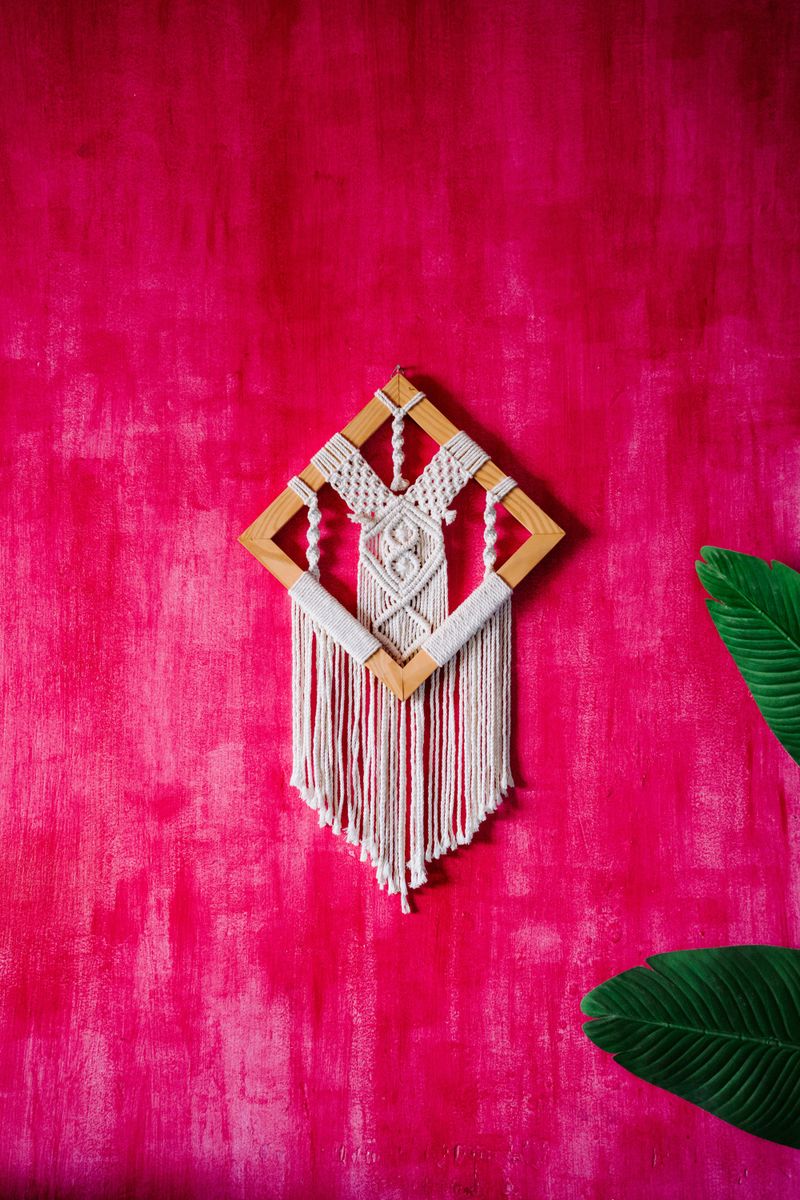
Macramé wall hangings were more than just decor—they were a statement of creativity and craftsmanship. Handcrafted with intricate knots, these pieces added texture and warmth to any living room.
Often seen hanging above sofas or fireplaces, they complemented the earthy tones prevalent during the era. Macramé’s resurgence in the ’70s was fueled by the growing interest in handmade, personalized home decor.
Their organic feel paired perfectly with the bohemian trends of the time. These artful hangings showcased individuality, making them a beloved addition to many homes seeking a touch of the natural world.
Rattan Furniture
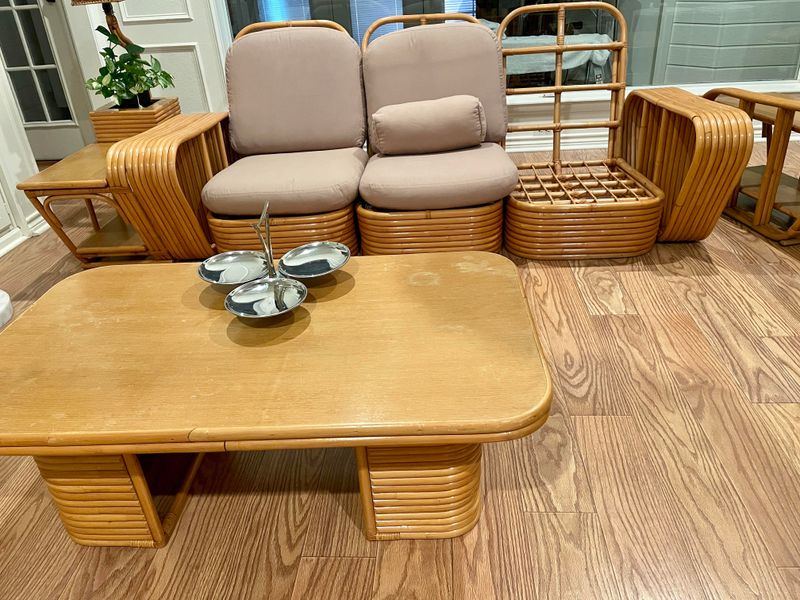
Rattan furniture became a staple in ’70s living rooms, celebrated for its lightweight and durable nature. Its airy design brought an element of the outdoors inside, appealing to the decade’s love for natural materials.
From hanging chairs to woven sofas, rattan pieces provided both style and functionality. They were perfect for creating a relaxed, tropical vibe, often paired with vibrant cushions or throws.
This furniture was part of a broader trend embracing organic elements, reflecting a shift towards more eco-friendly interiors. Rattan’s timeless appeal ensured it remained a favorite well beyond the ’70s.
Shag Carpets
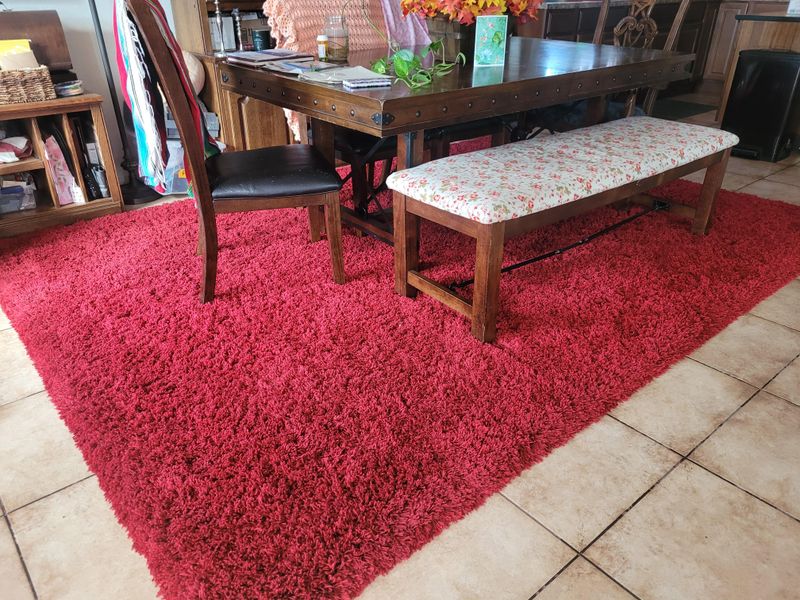
Few things scream ’70s more than a luxurious shag carpet. Its deep pile and soft texture made it a favorite for adding warmth and comfort to living spaces.
Shag carpets came in a variety of bold colors, from burnt orange to avocado green, perfectly matching the era’s eclectic style. Not just for aesthetics, these carpets also provided sound insulation, an added bonus for busy households.
They encouraged barefoot living, making any room feel cozy and inviting. Shag carpets were quintessential in creating that unmistakably retro ambiance many associate with the 1970s.
Velvet Sofas
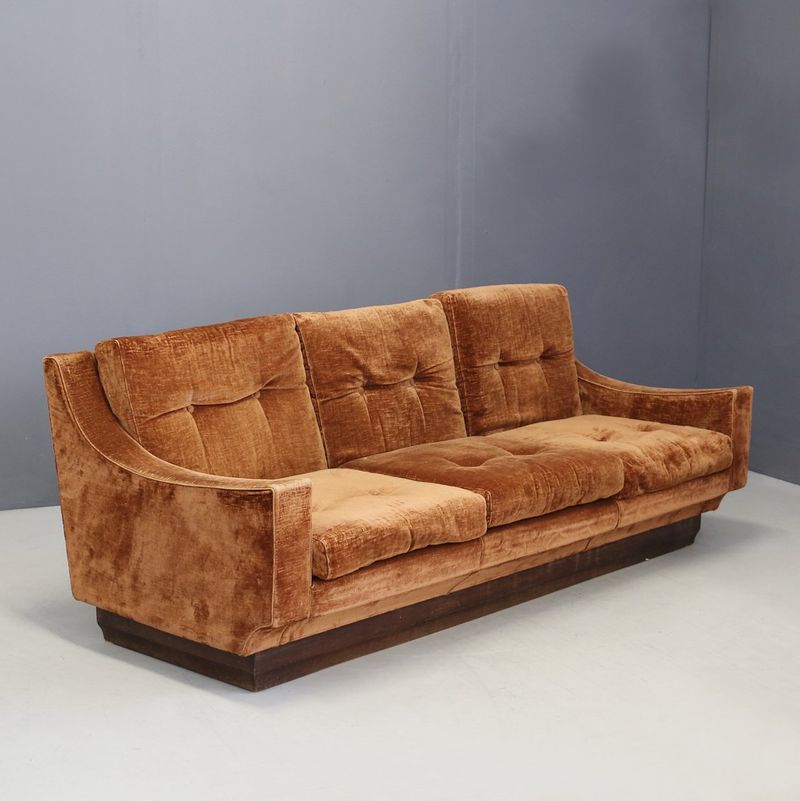
Velvet sofas were the epitome of ’70s elegance, combining comfort with a touch of luxury. Their rich texture and deep hues added sophistication to any living room, making them a focal point of the space.
Whether in earthy tones or jewel-like colors, velvet couches provided a perfect backdrop for the diverse patterns and bold accessories typical of the decade. These sofas were not just about aesthetics; they offered plush, comfortable seating that invited guests to linger.
Velvet’s enduring appeal lies in its ability to blend opulence with coziness, making it a timeless choice for discerning decorators.
Platform Sofas
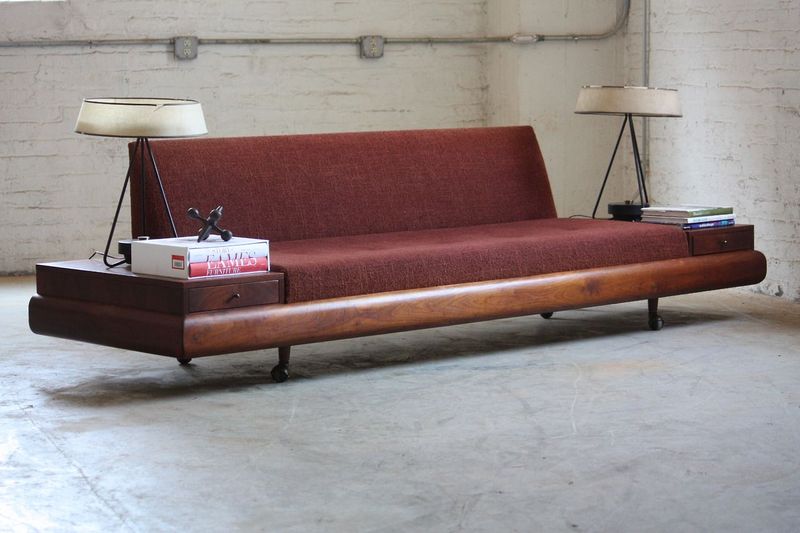
Platform sofas were all about versatility and modernity, reflecting the ’70s move towards more open, adaptable living spaces. These low-profile seating options were perfect for casual entertaining or lounging with family.
Often modular, they could be rearranged to fit any occasion or room layout. Their sleek lines and minimalist design complemented the era’s penchant for simplicity and innovation.
Platform sofas offered a blank canvas for personal expression, easily paired with bold, colorful cushions or throws. This adaptability, combined with their contemporary flair, ensured they became a beloved mainstay in many ’70s homes.
Lava Lamps
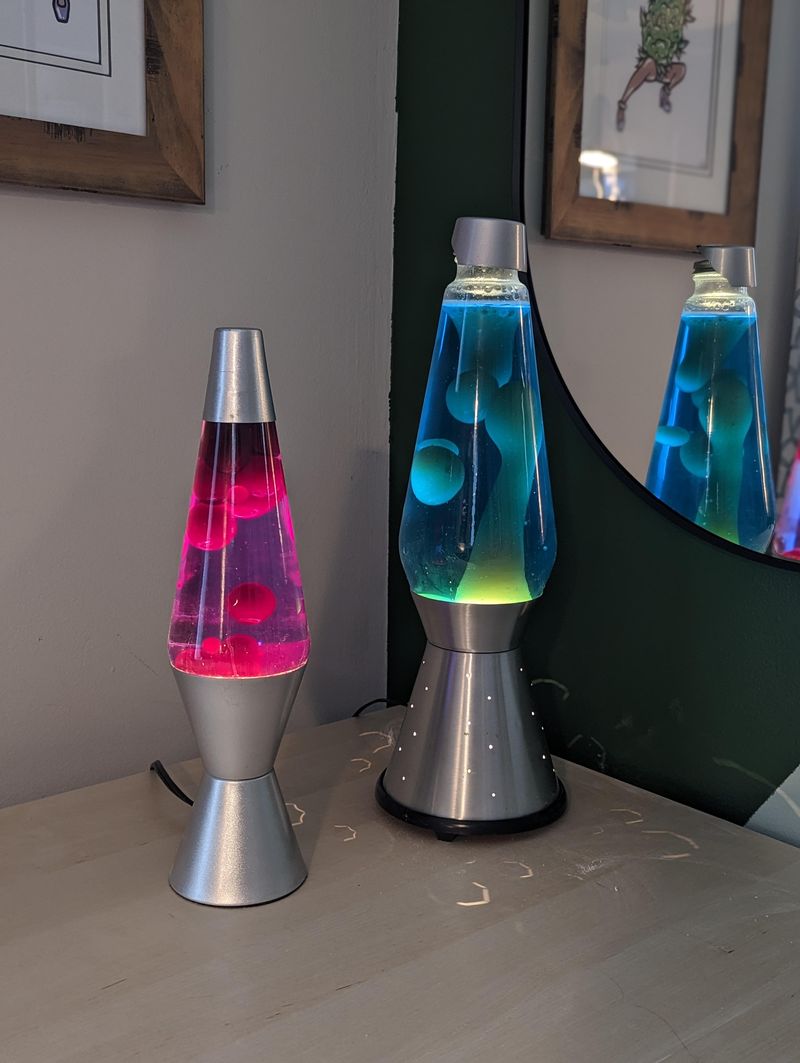
Lava lamps encapsulated the psychedelic spirit of the ’70s, adding a whimsical touch to any living room. These mesmerizing light fixtures provided both ambiance and entertainment, with their slow-moving, colorful wax bubbles.
Perfect for creating a relaxed atmosphere, lava lamps became synonymous with the counterculture aesthetic. They were often used as focal points in rooms, drawing the eye and sparking conversation.
Beyond their visual appeal, they reflected the era’s fascination with science and exploration. Lava lamps remain a nostalgic symbol of the decade, cherished for their unique ability to captivate and inspire.
Funky Coffee Tables
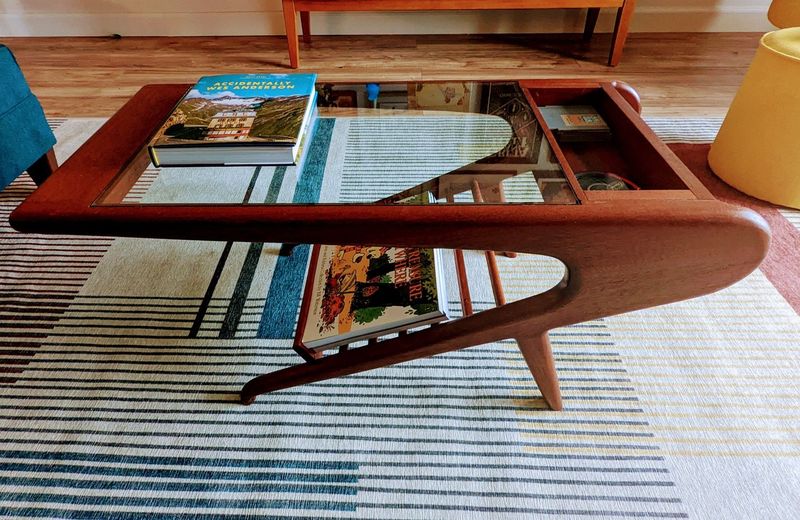
Coffee tables in the ’70s were far from ordinary; they were bold statements of design and creativity. With unconventional shapes and vibrant colors, these tables added flair and personality to any living space.
Often crafted from materials like glass, chrome, or plastic, they embodied the era’s experimental spirit. Funky coffee tables served as conversation starters, with designs that ranged from minimalist to extravagant.
They were not just functional pieces but also artful additions that complemented the eclectic decor of the time. In a decade defined by individualism, these tables stood out as unique expressions of style.
Hanging Plants
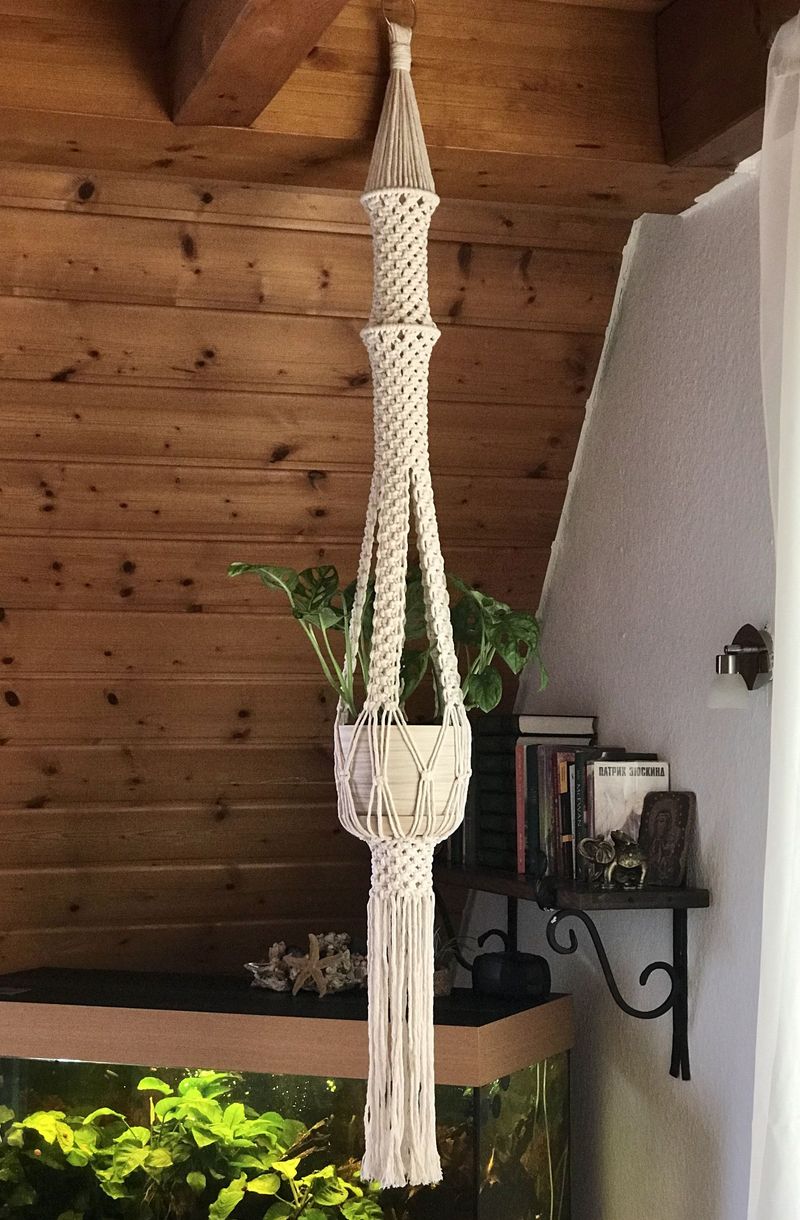
Hanging plants brought life and vibrancy to ’70s living rooms, reflecting the era’s embrace of nature indoors. Suspended in macramé holders, these plants added greenery without taking up valuable floor space.
Ferns, spider plants, and ivy were popular choices, thriving in the warm, humid environments typical of many homes. Hanging plants offered not only aesthetic benefits but also improved air quality, aligning with the growing environmental awareness of the time.
Their carefree, bohemian vibe made them a natural fit for the relaxed, eclectic interiors of the ’70s, offering a refreshing touch of the natural world.
